The decision-making process within the European Union (EU) is designed to reflect the balance between supranational and intergovernmental elements of the Union. It involves multiple institutions working together to enact legislation, implement policies, and uphold the rule of law within the member states. The principal institutions involved in EU decision-making are the European Commission, the European Parliament, and the Council of the European Union (Council of Ministers), supported by the European Council and the Court of Justice of the European Union (CJEU).
1. The Ordinary Legislative Procedure
The most common method of decision-making in the EU is the Ordinary Legislative Procedure (formerly known as co-decision), which ensures democratic legitimacy by requiring the joint participation of both the European Parliament and the Council of the EU.
- Proposal Stage:
The process typically begins with the European Commission, which has the exclusive right to initiate legislation. It drafts a proposal based on consultations with stakeholders, public opinion, and policy priorities. The proposal is submitted simultaneously to the European Parliament and the Council. - First Reading:
The European Parliament discusses the proposal in relevant committees and plenary sessions, then adopts a position which may include amendments. The proposal then moves to the Council of the EU, which can either accept Parliament’s position (leading to adoption) or adopt a different position. - Second Reading:
If the Council disagrees with the Parliament’s amendments, the proposal goes back to Parliament for a second reading. Parliament can then:- Approve the Council’s position.
- Reject it (which ends the legislative process).
- Propose further amendments.
- Conciliation and Third Reading:
If disagreements persist, a Conciliation Committee is formed, comprising members of both Parliament and the Council, along with the Commission as a mediator. If consensus is reached, the text goes for a third reading in both institutions. If either fails to approve it, the proposal fails.
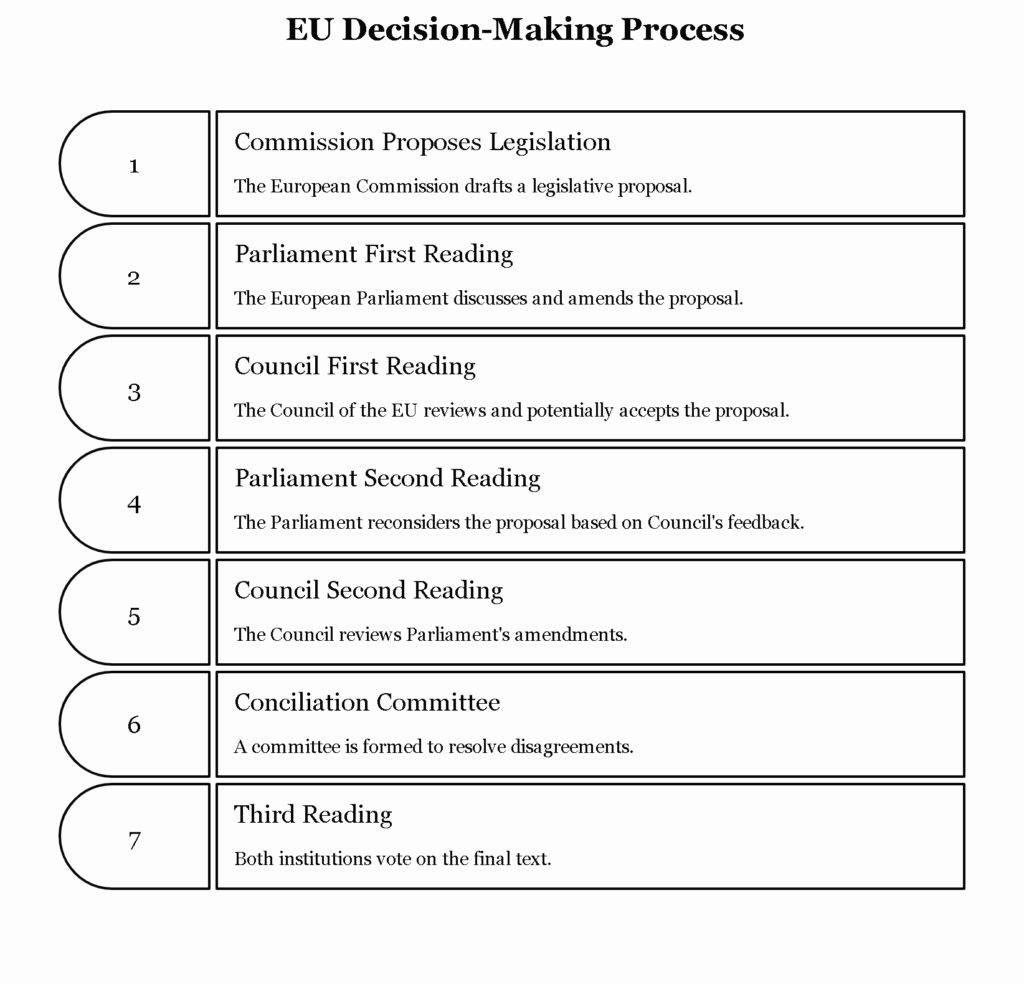
2. Special Legislative Procedures
In addition to the ordinary procedure, there are Special Legislative Procedures where either the Council or Parliament has a stronger role. These apply to specific areas such as taxation, competition law, and monetary policy. The procedure may involve:
- Consultation: Parliament gives a non-binding opinion; the Council has the final say.
- Consent: Parliament must give its consent to a proposal without amendment, often in treaties or enlargements.
3. Roles of Other Key Institutions
- European Council:
Composed of heads of state or government of member states, it sets the general political direction but does not pass laws. However, it plays a key role in crises, foreign policy, and treaty reforms. - European Commission:
As the executive body, the Commission proposes legislation, enforces EU laws, manages the budget, and represents the EU internationally. - Council of the EU:
Represents member states’ governments. Different configurations of ministers meet depending on the topic (e.g., foreign affairs, agriculture). Voting usually takes place through qualified majority voting (QMV), though unanimity is required in sensitive areas like foreign policy and taxation. - European Parliament:
Represents EU citizens and exercises legislative, supervisory, and budgetary functions. Its powers have increased significantly over time, especially through the Lisbon Treaty. - Court of Justice of the EU (CJEU):
Ensures that EU law is interpreted and applied uniformly across all member states. It can annul laws or treaties that conflict with EU norms.
4. Consensus-Building and Transparency
EU decision-making is often consensus-driven, aiming for compromise among diverse interests. This consensus culture, though time-consuming, reflects the Union’s commitment to inclusiveness. Additionally, the Lisbon Treaty (2009) introduced greater transparency, requiring the Council to conduct its legislative deliberations publicly.
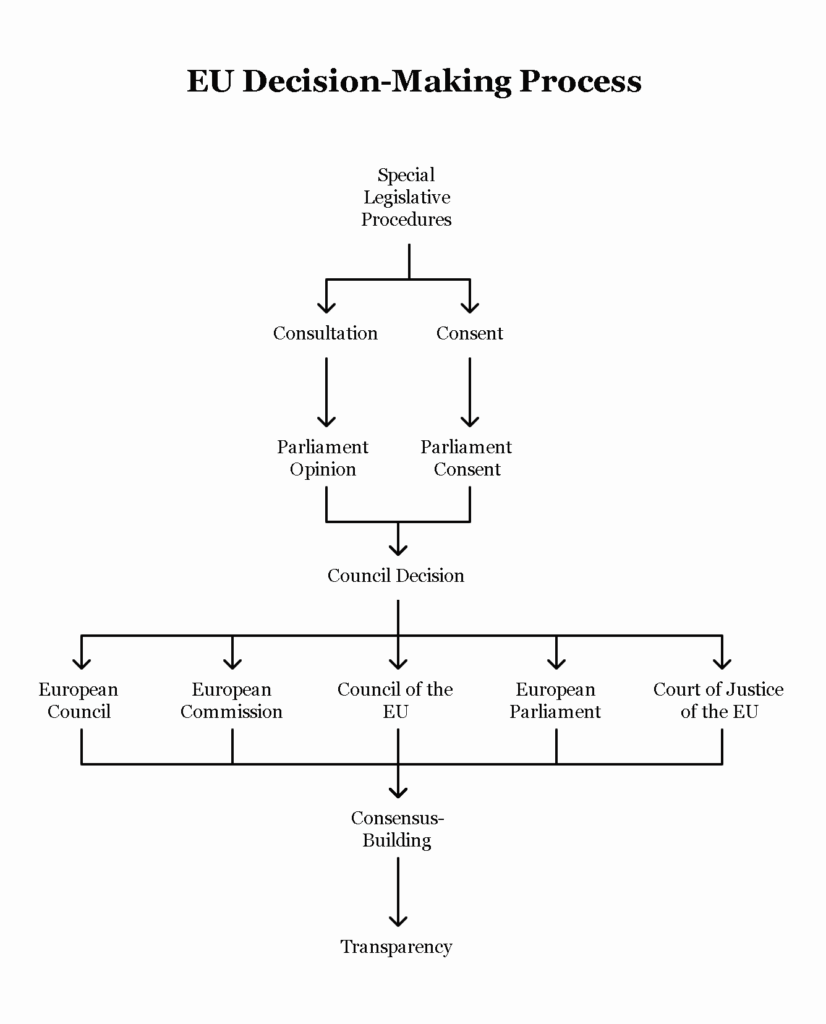
Conclusion:
The decision-making procedure in the European Union is a complex, multi-layered system that balances the interests of EU citizens (through the Parliament), member states (through the Council), and the supranational executive (the Commission). The system is designed to ensure legitimacy, accountability, and effectiveness across 27 diverse member states. Understanding this process is crucial to grasp how the EU functions as a unique political and economic union.



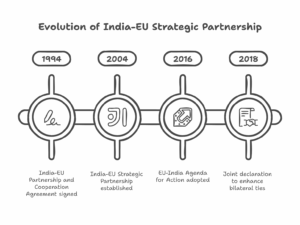
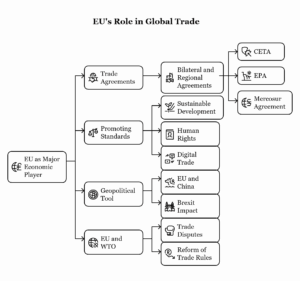

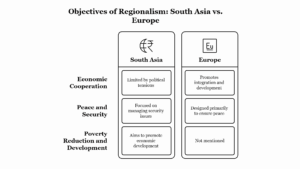

Leave a Reply